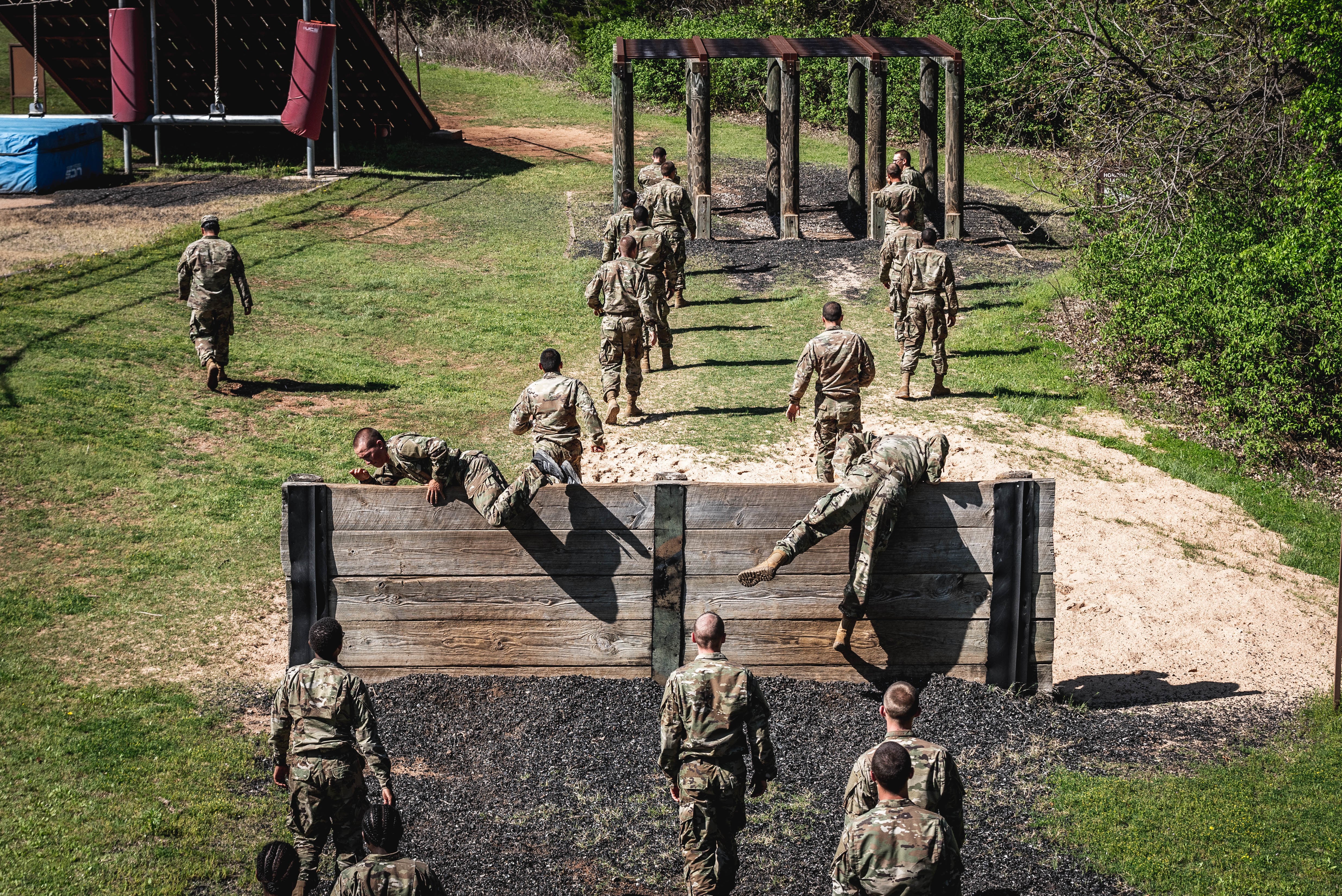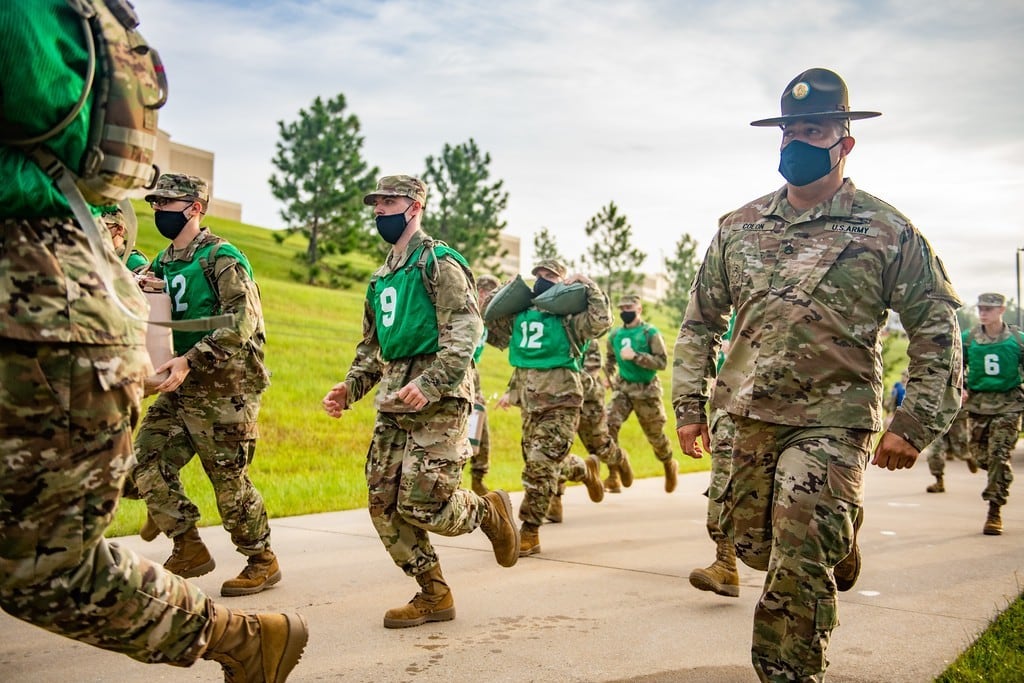WASHINGTON — A large part of Army Training and Doctrine Command’s mission involves finding civilians willing to become soldiers, making them into soldiers and progressing them through their career.
With the global coronavirus pandemic, there has been a change that requires much of that ground-level recruiting work, as well as professional military education, to be done virtually, Gen. Paul E. Funk II who has headed TRADOC since mid-2019, told Army Times ahead of the annual Association of the U.S. Army’s Annual Meeting and Exposition.
“We are modernizing professional military education to capitalize on the latest technology, modes of instruction, and curriculum design with tailorable options at ten training Centers of Excellence,” Funk said in an emailed responses to questions.
That includes virtual recruiting at Army Recruiting Command. With brick and mortar recruiting shops shuttered throughout the early part of the pandemic, recruiters found other ways to get to work.
“We held a nationwide virtual career fair in May and June 2021,” Funk said. “This five-week event generated thousands of recruiting leads and enlistments. Also in May, we launched a new YouTube recruiting campaign, ‘The Calling,’ a series of short, animated videos.”
The updated Army messaging can be seen in that new animated advertising campaign, which attempts to appeal to a younger and more diverse demographic by spotlighting, among others, a first-generation immigrant from Haiti, a second-generation immigrant from the Dominican Republic and a girl who was raised by two mothers.

The technology-driven approach paid off, according to Funk.
“Despite almost a year of virtual recruiting, technology-enabled events like the Army National Hiring Days and online recruiting videos have kept the Army on track to meet its [fiscal 2021] end strength goal,” Funk said.
The recruiting changes aren’t just directed at enlisted personnel. The Army has also been carrying out an “Urban Access” pilot program, which seeks to increase commissions and diversity in ROTC through marketing and outreach to local leaders and key influencers in historically overlooked cities like Los Angeles, California, and Houston, Texas.
The Army also implemented some changes to Basic Combat Training in April 2020.
TRADOC implemented a new BCT program called the “two plus eight” model. The initiative incorporates a Yellow Phase for all BCT and One Station Unit Training soldiers. BCT consisted of three phases before implementing this model: Red, White, and Blue.
“Yellow Phase now front-loads Army academic training like Sexual Harassment/Assault Response and Prevention, Equal Opportunity, and Army Ethics to set the standard for People First conduct at the beginning of training,” Funk said. “Another aspect of training in the new program of instruction focuses on physical acclimatization and injury prevention to reduce attrition.”
Since starting the “two plus eight” training model, the attrition rate in BCT and OSUT went from 10.8 percent in March 2020 to 5.4 percent in August 2021, according to TRADOC.
“There have been more than 7,000 fewer soldiers discharged, resulting in a $350 million cost savings,” Funk said.
Then there’s the changes that impact soldiers who are already through training and at their new units.
The Army’s “Holistic Health and Fitness” system has gained momentum throughout 2021 after implementation started in 28 Army Forces Command brigades. The program was sparked by the large number of soldiers who were non-deployable — more than 58,000 in spring 2020, according to a concept paper for the new program.
The new Holistic Health and Fitness have members with expertise in physical and occupational therapy, nutrition, cognitive performance, athletic training and strength conditioning to improve and optimize Soldier performance.
Ultimately, the program is targeted at chronic problems among soldiers, including poor sleep habits, obesity and overuse injuries. The concept paper argued that even a 10 percent reduction in annual musculoskeletal injuries would add a full brigade combat team of personnel back to the deployable force.
“By [fiscal 2030], 110 Active Component brigades will have H2F teams equipped with deployable and garrison medical equipment sets necessary to perform their mission,” Funk said.
Todd South has written about crime, courts, government and the military for multiple publications since 2004 and was named a 2014 Pulitzer finalist for a co-written project on witness intimidation. Todd is a Marine veteran of the Iraq War.




